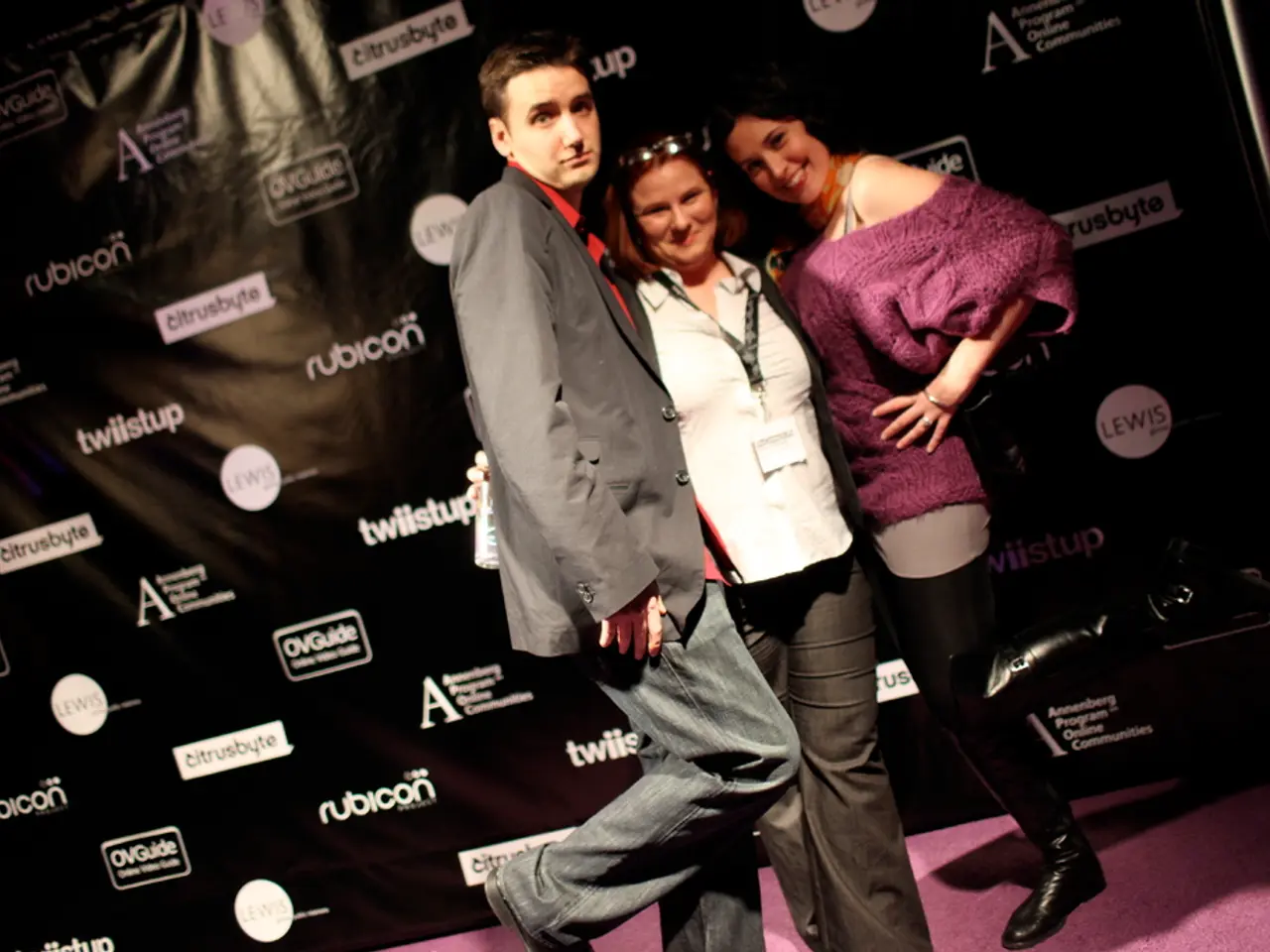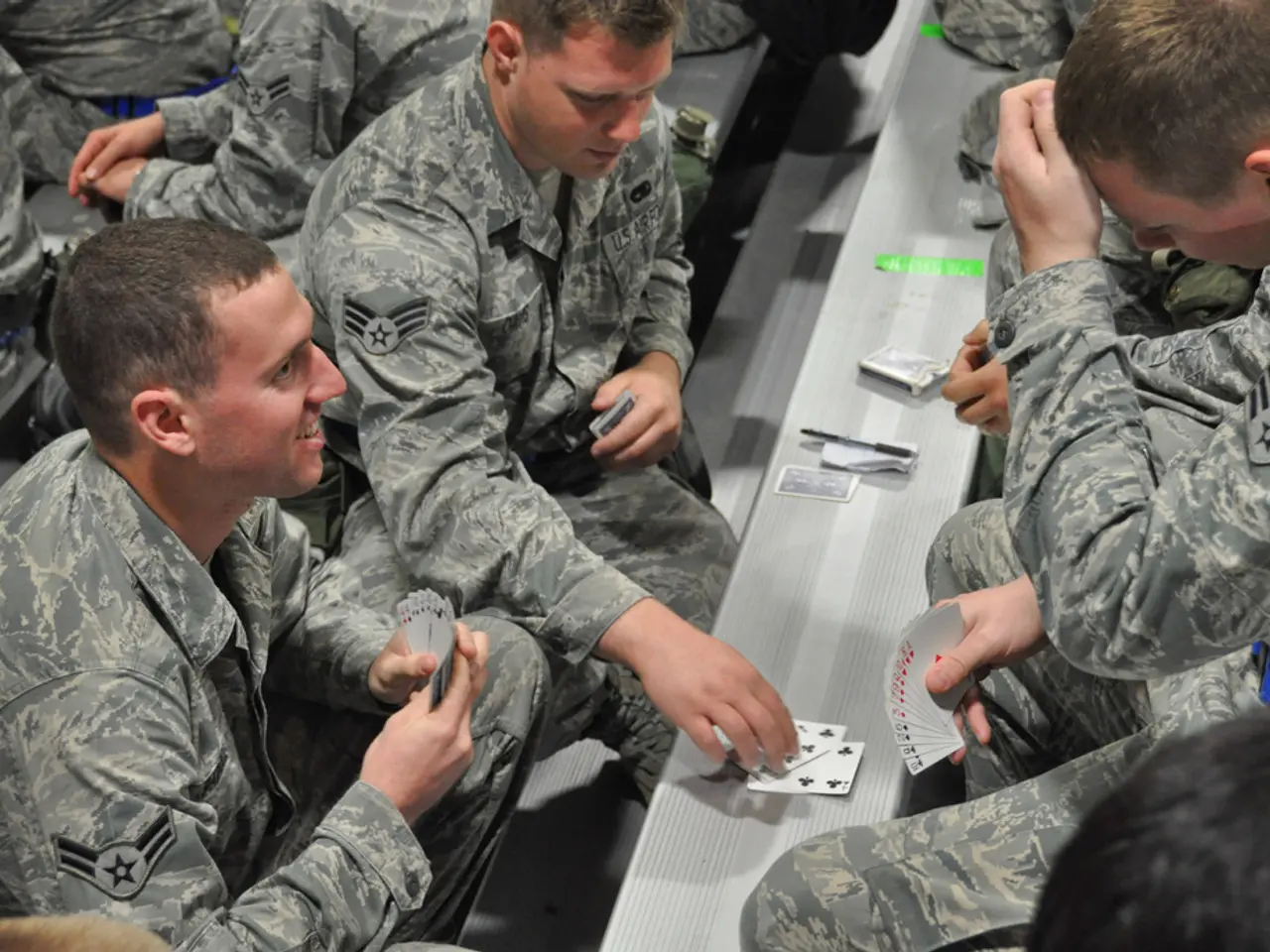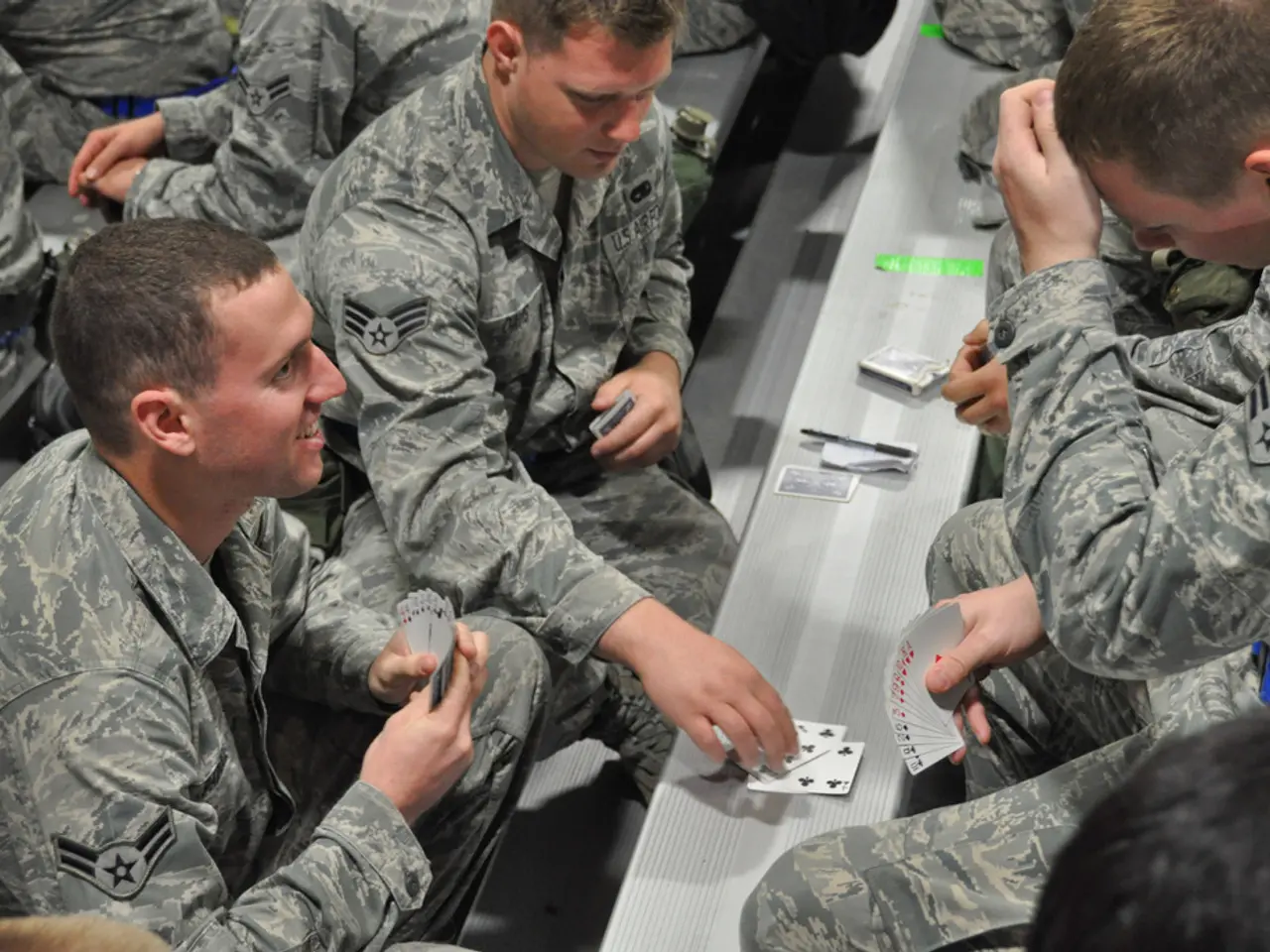Pondering over a potential revision of trend analysis nomenclature?
In the fast-paced world of cultural movements and consumer research, the term "trend" is causing confusion, with its meaning inflating rapidly and being used to describe a multitude of phenomena. This is particularly evident in the context of social media and Gen Z influence, where cultural changes can be fleeting and ephemeral.
This problematic state of affairs has led to a call for a change in language. Brands and researchers are advocating for a focus on lasting cultural movements or authentic cultural moments, rather than transient trends. The preferred alternatives include "cultural moments," "deeper cultural conversations," or "cultural movements".
This shift towards more nuanced frameworks prioritises authenticity, longevity, and cultural resonance over mere popularity or virality. Brands are encouraged to engage thoughtfully with meaningful cultural expressions that resonate authentically with their audience and reflect core values, rather than merely chasing viral "trendiness."
This change in approach is reflected in the actions of brands such as American Eagle, which brought the power of self-expression into the spotlight as part of its strategy. Aerie, one of American Eagle's sub brands, was also one of the first to drive awareness around eating disorders.
The principle that when you feel your best, you act your best, is a guiding philosophy for American Eagle. The question remains, however, whether the industry can reclaim the word 'trend' or if it's time to replace or rebrand it with something else.
The term 'cultural insights' has been suggested as a potential replacement for 'trends', as it signifies a deeper understanding of culture and audience-led movements. However, even 'cultural insights' may be subject to semantic inflation in the future.
This evolution in the language of cultural trends is part of a broader shift in the way we engage with and understand culture. Words like 'gaslight' and 'narcissism' have seen their meanings altered significantly in popular culture, with little resemblance to their original meanings. In less than seven years, the word 'trend' has become the latest victim of semantic inflation.
In 2018, youth culture focused on self-improvement, particularly a more fun, engaging approach centered on a deeper understanding of self. Brands played a major role in driving this trend: 65% in the U.S. and 62% in the UK look to brands to help them become their best selves.
The featured image for this article is by Jonathan Kemper on Unsplash.
[1] Semantic Inflation of the Term 'Trend' in Cultural and Consumer Research [4] Shifting Away from 'Trends': A New Approach to Cultural and Consumer Research
This article was not sponsored and contains no advertisements.
- The term 'trend' in the realm of cultural and consumer research is causing confusion, given its expanding definition and usage to describe various phenomena.
- Social media and Gen Z influence have amplified this issue, as cultural shifts can be quick and brief.
- A call for linguistic change in this context advocates for a focus on genuine cultural movements or moments instead of transient trends.
- Preferred alternatives include terms like "cultural moments," "deeper cultural conversations," or "cultural movements," emphasizing authenticity, longevity, and cultural relevance.
- American Eagle, a brand, has demonstrated this change in strategy by highlighting self-expression and raising awareness about eating disorders.
- The question remains if the industry can reclaim the word 'trend' or if it's time to replace or rebrand it with an alternative like 'cultural insights.'
- The word 'trend' has become the latest victim of semantic inflation, following in the footsteps of terms like 'gaslight' and 'narcissism' in popular culture.
- In 2018, youth culture was centered around self-improvement, with brands playing a significant role in driving this trend, as 65% in the U.S. and 62% in the UK sought brand guidance to become their best selves.




